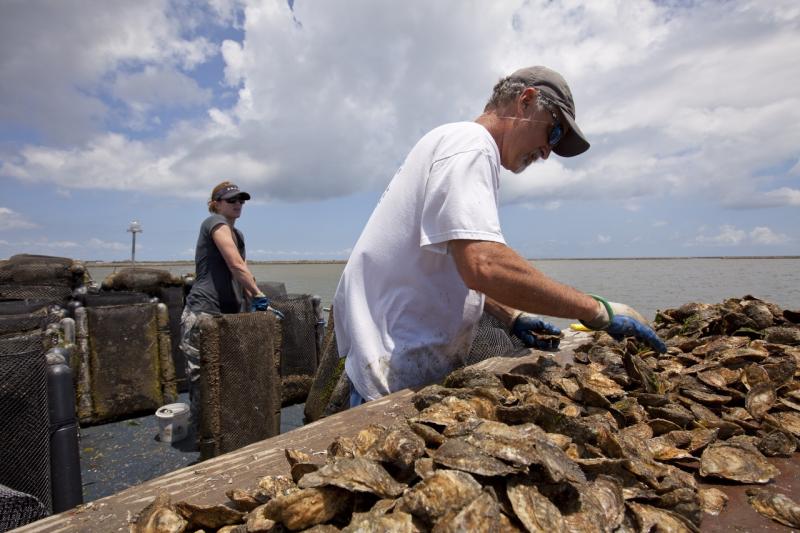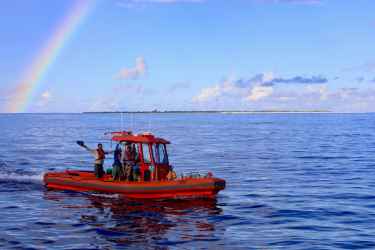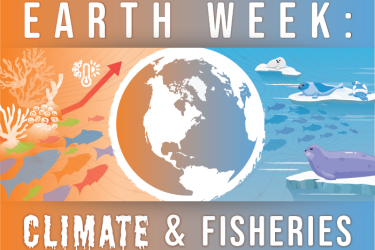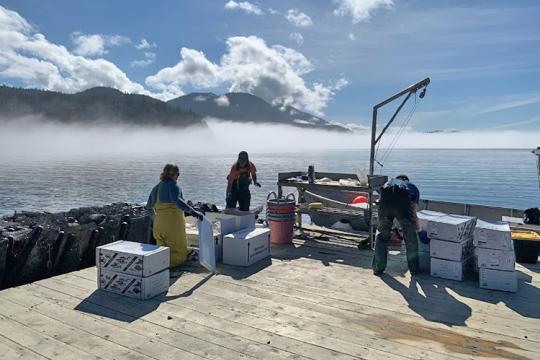The world population is growing—significantly. When I was born, there were about 3 billion people in the world. Today, our planet supports 7.6 billion people, and by 2050 we expect it will need to support closer to 10 billion. One of the challenges of this population growth is ensuring we can sustainably feed everyone with limited natural resources.
With sound management practices, seafood has the potential to contribute to food security for the growing global population. A recent United Nations report notes that a key factor in maintaining seafood production levels worldwide is to continue to reduce overfishing. NOAA Fisheries and our partners have made great progress in ending overfishing in the United States through science-based management and collaboration. At the same time, we advance and export these best practices internationally and work to level the playing field for our fishermen and seafood farmers.
As the UN report points out, the global population is rising but the abundance of wild fish is not. The future of sustainable seafood relies on responsible farm-raised seafood to augment our wild-capture resources. Already, aquaculture has become the fastest growing form of food production worldwide. Seafood farming, when done responsibly—as it is in the United States—is increasingly recognized as one of the most efficient and environmentally sustainable ways to produce animal protein. It also promises to expand the U.S. seafood supply in the face of environmental change and economic uncertainty.
Although the U.S. aquaculture industry is a small producer on a global scale, it is a vibrant and growing industry providing 21 percent of the seafood produced in the United States by value ($1.4 billion farm-gate value per year). Aquaculture is already important in some regions of the United States where oyster, mussel, clam, fish, and seaweed farms are creating jobs and helping to keep working waterfronts alive. Ensuring this momentum continues and accelerates is key to the Administration’s commitment to create jobs and expand a safe, secure, and sustainable U.S. seafood supply now and into the future.
NOAA relies on collaboration and our stakeholders’ diverse expertise to address the regulatory, scientific, and technical needs to advance U.S. aquaculture. Next week I will join other members of NOAA Fisheries and stakeholders from across the U.S. seafood industry at Seafood Expo North America to discuss common goals, challenges, and opportunities in sustainable seafood. For more information on the many open meetings and conference sessions we have planned during the expo, visit our Seafood Expo North America webpage.

Michael Rubino, Director of the Office of Aquaculture at NOAA Fisheries






